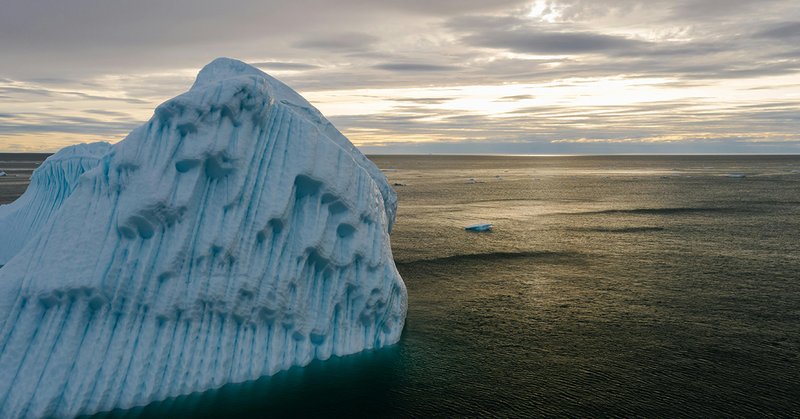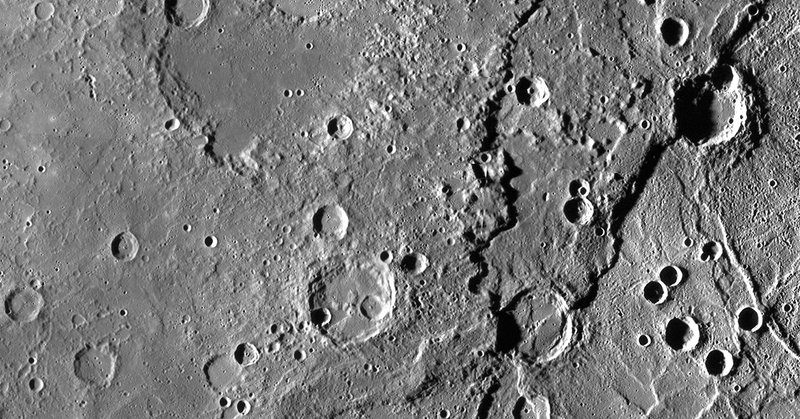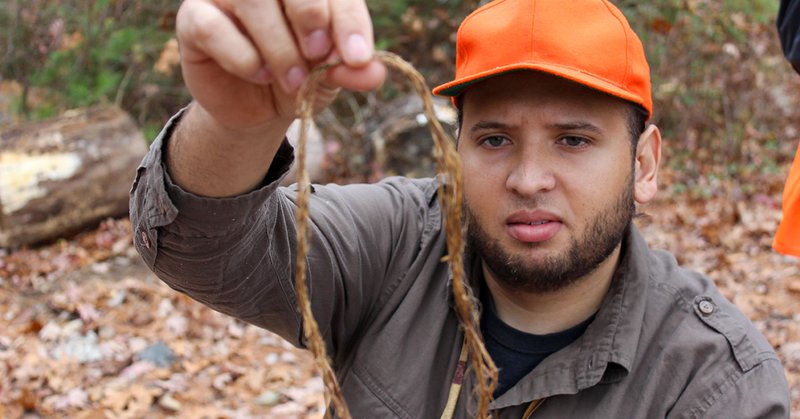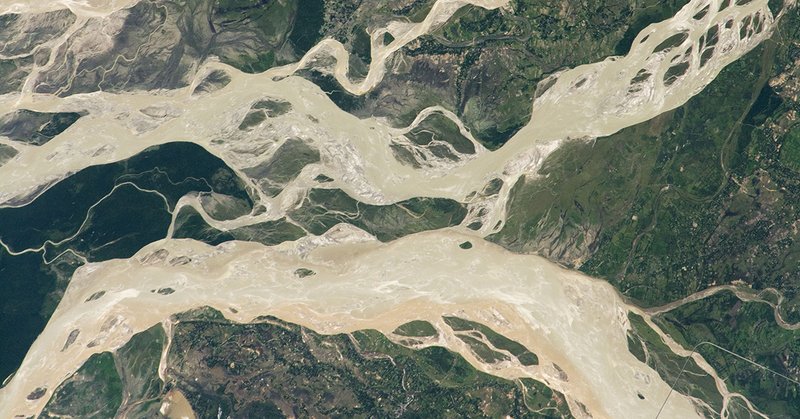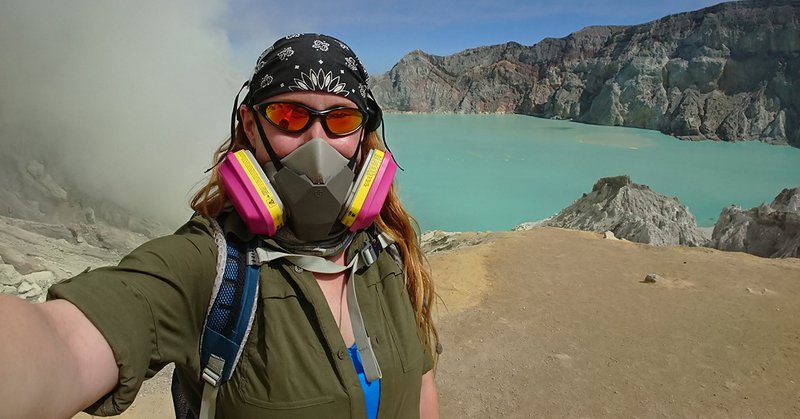
AGU's Eos
@AGU_Eos
Followers
19K
Following
26K
Media
8K
Statuses
45K
Eos is a leading source for trustworthy news and perspectives about the Earth and space sciences and their impact. Published by @theAGU.
Washington, D.C.
Joined August 2014
Parts of New Orleans, including the city’s airport and sections of floodwalls, are sinking. New research from @geofiaschi @TRE-Altamira; comments by Tim Dixon @USouthFlorida and @kljankowski @ArcadisGlobal; story by @skylerdware.
eos.org
Areas near the airport, along floodwalls, and in nearby wetlands are subsiding because of a combination of natural and anthropogenic forces.
0
0
1
The bumpiest of bumpy rides. Read more in our August issue:
eos.org
A 1989 flight through Hurricane Hugo tops the list for stomach-churning turbulence experienced by scientists, pilots, and crew aboard aircraft designed to fly through storms.
1
0
0
Was the surface of the Arctic Ocean once frozen over? Algae buried below the seafloor offer clues.
eos.org
Chemical signatures of marine organisms reveal that seasonal sea ice, not a massive ice shelf, persisted in the southern Arctic Ocean for 750,000 years.
0
0
1
Trained as an actor in New York City, Alex Teachey now works with a different kind of star as an astronomer and astrophysicist. Story by @J_Besl. Read more in our August issue:
eos.org
This actor-turned-astronomer found success researching exomoons. Now he’s ready for another career change.
0
0
0
At 16.65 feet, the crest exceeded the previous record flood stage of 15.99 feet in 2024.
eos.org
The Mendenhall River in Juneau, Alaska, reached a record-breaking crest Wednesday morning thanks to a glacial outburst flood (GLOF) from Suicide Basin. At 16.65 feet, the crest exceeded the previous...
0
0
1
Residents of coastal North Carolina see frequent flooding. A new measurement method promises to better characterize flood impact.
eos.org
Federal flood measurements often don’t match what people see in their communities. Scientists have created a hyperlocal solution.
0
0
0
What do many baked goods and the planet Mercury have in common? They shrink as they cool. New @universityofga research in @AguAdvances examines just how much the planet has contracted.
eos.org
Mercury is still shrinking as it cools in the aftermath of its formation; new research narrows down estimates of just how much it has contracted.
0
0
0
Was the surface of the Arctic Ocean once frozen over? Algae buried below the seafloor offer clues.
eos.org
Chemical signatures of marine organisms reveal that seasonal sea ice, not a massive ice shelf, persisted in the southern Arctic Ocean for 750,000 years.
0
1
3
Cassius Spears Jr. @NRCS_RI braids the traditional ecological knowledge of his ancestors with modern soil conservation practices to help Rhode Island’s farmers and land stewards. Read more in our August issue:
eos.org
This soil scientist braids the Traditional Ecological Knowledge of his ancestors with modern soil conservation practices to help Rhode Island’s farmers and land stewards.
0
0
0
Most of what we know about clouds on Mars comes from data collected during the Martian afternoon. New research paints a complete picture of what Martian clouds look like all day—and night—long.
eos.org
Data captured by the Emirates Mars Mission reveal that clouds are typically thicker during Martian nighttime than daytime.
0
1
0
Check out our latest Chinese translation, about the migration of the Brahmaputra-Jamuna River's threads.
eos.org
辫状河流系统中的河道线可能比以前认为的更容易预测。
0
0
0
.@NOAA and @NWS coastal flooding thresholds don’t always reflect actual flooding experienced by residents on land. New flood measurements can help. Comments from @anardeeek @NCState, @_miyukihino @UNC, and Paul Bates @BristolUni.
eos.org
Federal flood measurements often don’t match what people see in their communities. Scientists have created a hyperlocal solution.
0
1
1
After leaving her Ph.D. program, @jessphoenix2018 embraced new opportunities, creating a science consulting career that takes her from the deep sea to lava fields, from newsrooms to congressional races. . Read on in our Aug. issue:
eos.org
After leaving her Ph.D. program, this geologist leaned into saying yes when exciting new opportunities arose.
0
0
3
Scientists finally got a good look at Mars’s nighttime clouds.
eos.org
Data captured by the Emirates Mars Mission reveal that clouds are typically thicker during Martian nighttime than daytime.
1
1
4




